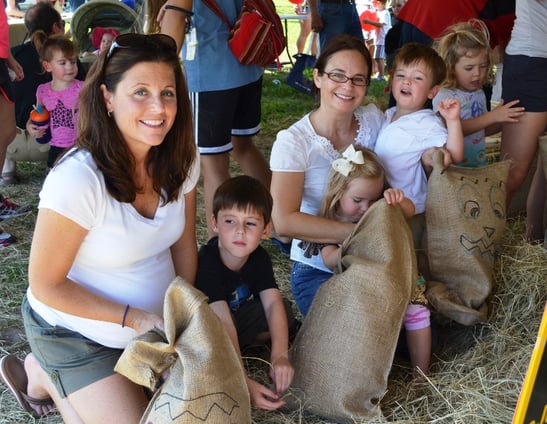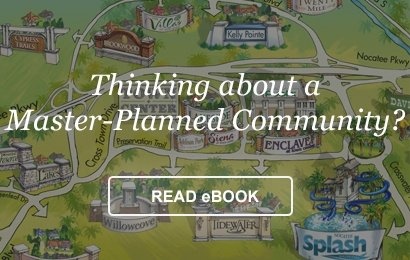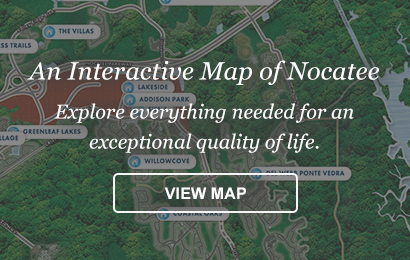After a long and somewhat bumpy journey, the housing market is looking up. In July, single-family housing starts (new construction) reached their highest level since 2007. This additional demand means that buyers can be a little choosier when shopping for a new home.
Many of today’s buyers don’t plan on living in a home for 30 years and paying it off like past generations did. This often means there’s less patience in waiting around for homes to appreciate. Fortunately there are several factors that provide a wealth of enjoyment for owners while they’re living in them, and can lead to higher resale value down the road.
In addition to curb appeal and layout, here are a few influencing factors when choosing a new home and neighborhood:
1. Walkability
Walkable communities have been a hot topic for years, with no signs of slowing down or losing their impact on resale value. Residents young and old prefer to park their cars and “hoof it” if given the choice.  The 2015 National Community and Transportation Preference Survey revealed that the overwhelming majority of participants prefer sidewalk-lined streets (85 percent) and value the importance of walkability (79 percent).
The 2015 National Community and Transportation Preference Survey revealed that the overwhelming majority of participants prefer sidewalk-lined streets (85 percent) and value the importance of walkability (79 percent).
Being able to walk to stores and restaurants ranked especially high among women, with 61 percent preferring taking the sidewalk route to retail establishments.
2. Sense of community
More homebuyers are weighing the sense of community a neighborhood provides and how it influences quality of life, as well as home value. From neighborhood groups to block parties and even playmates the same age as one’s children, community is one of the factors that make a neighborhood truly great.
3. Green spaces
In addition to providing homeowners with all the health benefits of fresh air and outdoor exercise, green spaces also help improve property value. Studies of three separate neighborhoods in Colorado indicated that for every foot away from a greenbelt a property was located, its value decreased by $4.20! Master-planned communities know this all too well, and often incorporate green spaces that will be there for generations to come.
4. School district
Sixty-three percent of buyers with school-aged children put district rankings at the top of their priority list. However, having kids isn’t required to prioritize a home in a top-ranked school district. According to Trulia, homes in school districts receive higher marks by way of resale value, even during an economic downturn, and they typically sell faster than homes in lower-ranked school districts.

To learn more about available homes in Nocatee, stop by the Nocatee Welcome Center or call 1-800-NOCATEE.





